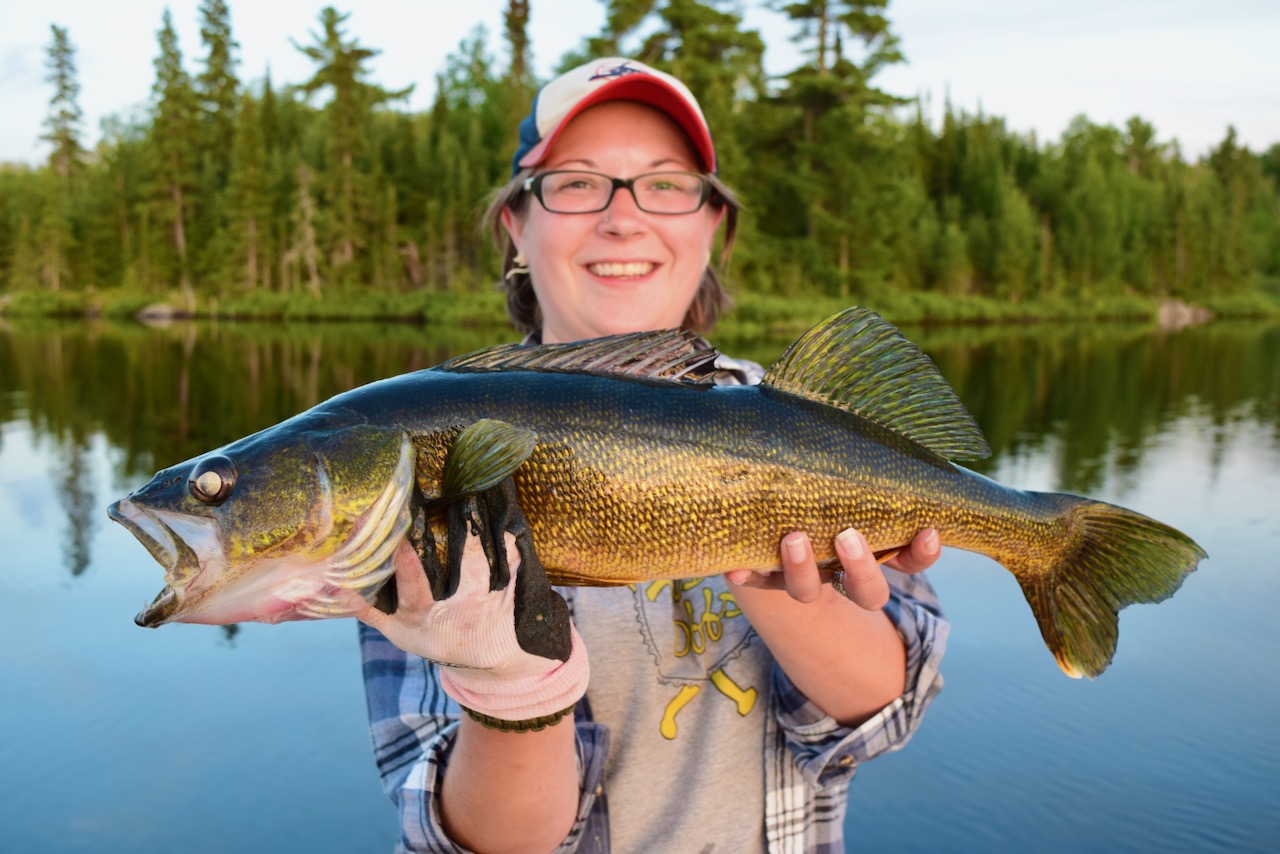TRIGGER POINT
To catch walleye, you need them to both see and feel your bait
Advertisement

As astute walleye anglers, we know Canada’s most popular sportfish are negatively phototactic and crepuscular, meaning they see and feed better in dim conditions than they do in bright light. That’s why we often catch more and bigger walleye at first and last light, during overcast days and when a breeze creates that much sought-after “walleye chop.”
That’s also why we’ll plow through waves to get to the windy side of a lake to increase our chances of catching fish. And if the water is stained with algae, clay or mud once we arrive, so much the better. When we’re forced to fish in clear water, meanwhile, we know we’ll generally find the walleye down deep where the sunlight doesn’t penetrate the water column, or on the shady side of structures and cover.
Advertisement
While knowing all of this helps eliminate unproductive water and put us in the right location to catch fish, many of us still stumble when we open our tackleboxes to select baits and presentations. Why? Because we figure the walleye will carefully scrutinize our offerings and reject anything that doesn’t look quite right. If you understand how walleye detect prey and what triggers them to bite, however, the best choices will become clear.
